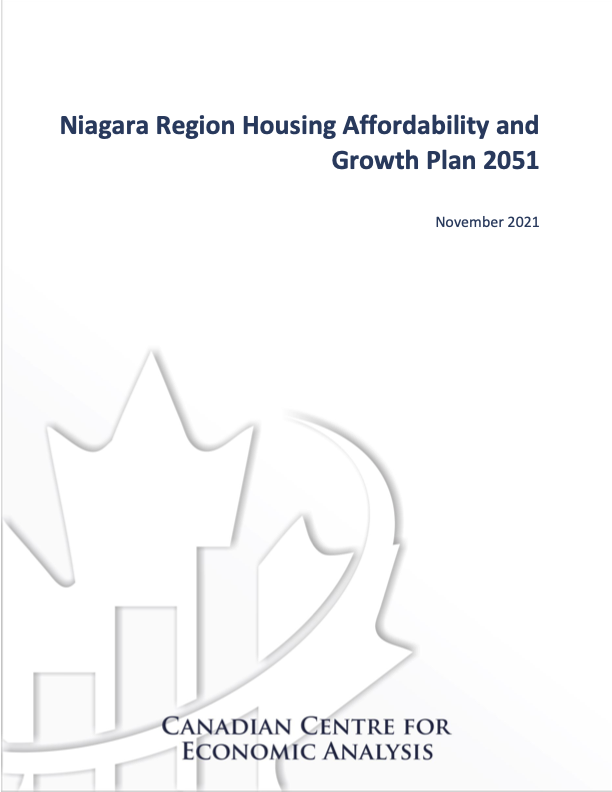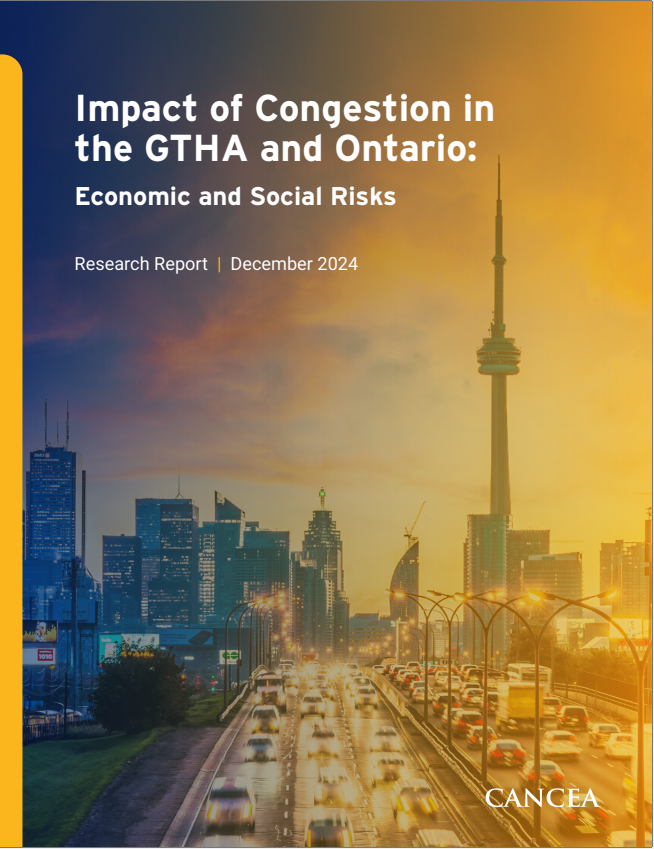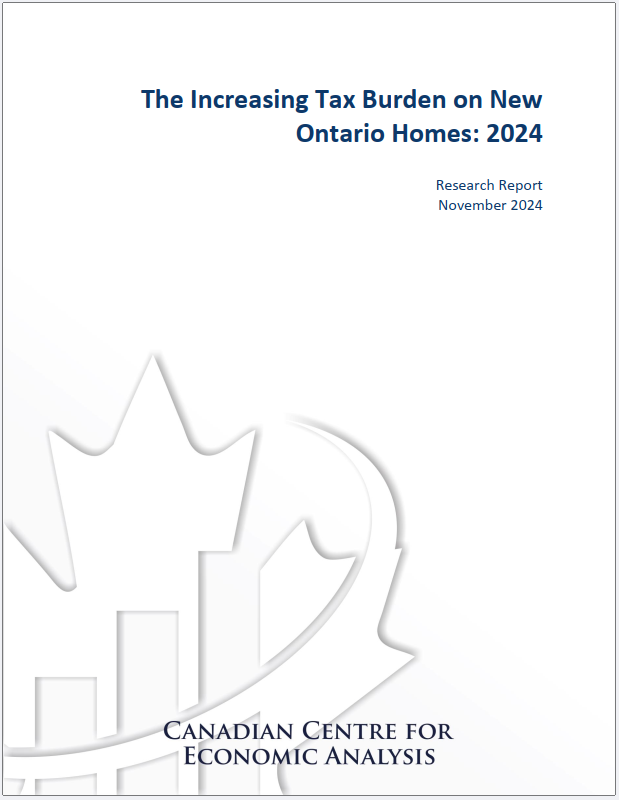This study analyzes the future housing stock in the Niagara Region up to 2051, considering different growth scenarios. The objective is to understand the implications of varying growth trends on population, housing stock, and local economic development. The findings build on the previous Niagara Region Housing Market Analysis and Growth Scenario Analysis, projecting the continuation of existing trends under the new growth plan.
The study highlights that meeting core housing needs will remain a challenge in the region. To meet the growth targets, there needs to be a significant increase in the construction of new housing units, particularly higher density forms. If the current rate of construction continues, the region may have over 24,000 fewer households by 2051 compared to what is required by the Growth Plan. This not only falls short of the provincial government’s population targets but also increases the percentage of the population in core housing need.
To achieve the population growth targets and reduce overall core housing need, Niagara Region should consider implementing policies that incentivize the development of a diverse mix of housing options. This includes different densities, tenures, and affordability levels, as well as optimizing the existing housing stock. By providing a wider range of housing choices, the region can address demographic trends and enhance accessibility for people of all ages and income levels.











